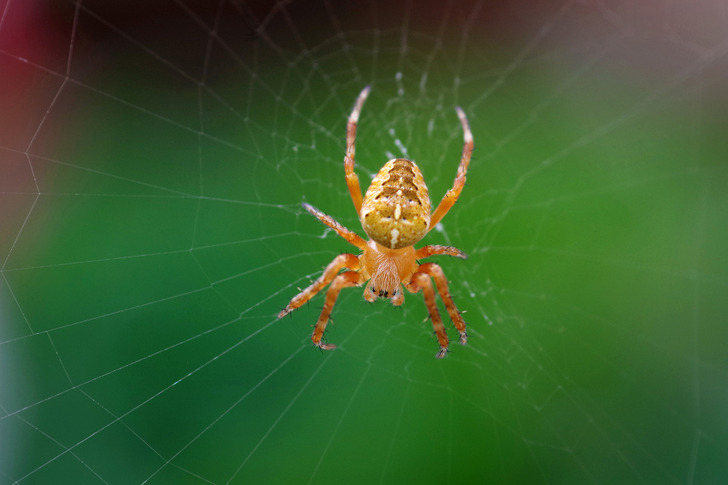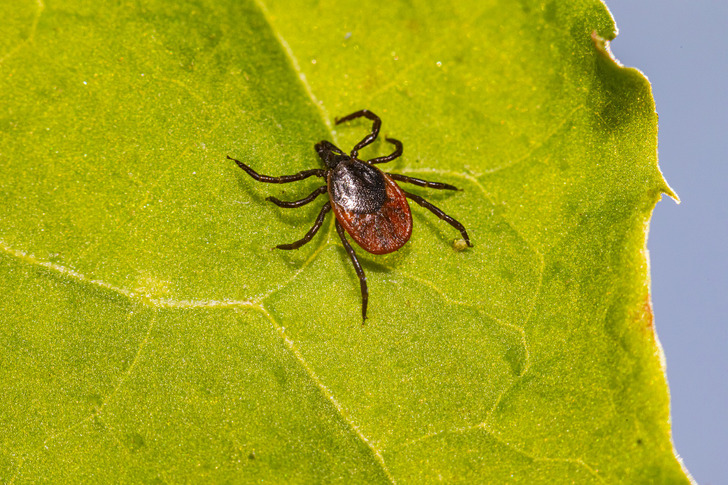How to Tell a Spider From a Tick
There are a lot of different creatures living among us. And some of them look very similar to each other. For example, a small spider can easily be confused with a tick. Everyone knows that the latter may transmit different diseases. And this is why it’s very important to be able to tell these things apart from one another.
Together with 5-Minute Crafts, you will find out how to tell a tick apart from a spider.
Spiders

Spiders are arachnids, a class of arthropods that also includes scorpions, mites, and ticks. There are more than 45,000 known species of spiders living around the entire world.
The size of spiders varies from very small to quite big, depending on the species. The smallest known spider is the Patu digua, which is .011 inches long. And one of the largest ones is the massive Goliath birdeater, a tarantula with a leg span of almost a foot.
A spider’s body consists of 2 parts:
- The cephalothorax contains the head, chest, eyes, mouth, and legs.
- On the abdomen, you’ll find the silk-spinning organs (spinnerets), the reproductive openings, and the breathing organs (book lungs and/or tracheae).
The 2 body parts are joined by a slim waist (pedicel). This is how you can tell a spider from a tick. A spider always has a thin waist, and ticks don’t.
Eyes: Usually, spiders have 8 eyes, sometimes 6. They are commonly arranged in 2 rows along the front of the carapace. But the location and size of the eyes in different species might vary.
Legs: Spiders have 4 pairs of jointed legs with 2-3 terminal claws. Spiders with 2 claws are hunters.
Skin: Spiders are covered with a more or less rigid skin or a cuticle (the exoskeleton) made of protein and chitin.
Shedding skin helps spiders grow. First, a new, bigger cuticle is formed under the old one. Then the old one breaks and the spider loses it. The new skin is very soft, and spiders try not to move until it becomes firmer.
Color: Most spiders are black, brown, or gray. But there are several hundreds of red, green, yellow, blue, and even pink spiders.
Food: They eat insects and small animals. They are predators. Spiders make webs or hunt their prey.
How they move: Spiders walk, run, swim, jump, and roll. Some species can display several types of movement.
A spider bite can be both painful and painless. The symptoms will appear right after the bite. A non-venomous spider bite is like a bee: the area gets red and swollen, but it’s nothing serious. A venomous spider is more dangerous and painful.
Ticks

Ticks, like spiders, are arachnids. There are around 850 species of ticks. There are 2 main categories:
- Soft
- Hard
A hard tick has a shield-like plate called a scutum that covers part of its back. In males, it covers most of the body, and females have a small shield. They need to eat more to lay eggs and the hard shell doesn’t let the body expand.
Ticks have 4 life stages:
- Egg
- Larvae
- Nymph
- Adult
The larvae appear from an egg, develop into a nymph, and then into adults. All of them feed on the blood of vertebrate hosts.
Ticks have no constriction between the cephalothorax (front portion containing the head) and the abdomen. An unfed tick looks like a flat drop. A fed tick becomes rounder and lighter.
The size depends on the species, its life stage, and whether it’s fed or not. For the black-legged and lone star ticks, larvae are about the size of a grain of sand, nymphs are about the size of a poppy seed, and adults are about the size of a sesame seed. When a tick eats, its body expands. A fed female black-legged or lone star tick may be the size of a raisin, but no larger than 1 centimeter long.
Eyes: Ticks have up to 4 eyes.
Legs: Larvae have 6 legs, and adult ticks have 8 legs, each of them with short hair and a small claw at the tip.
Color: Ticks have very different colors, including red, brown, gold, blue-black, and black. When a tick has eaten, it becomes bigger and gray.
Food: Ticks are parasites. They attach to the body of a human or an animal and drink their blood.
How they move: Ticks walk, but they can’t jump or fly.
Tick bites are painless. They inject an anesthetic into the skin. And the bite area is usually small and hard to notice. The symptoms typically appear after several days.